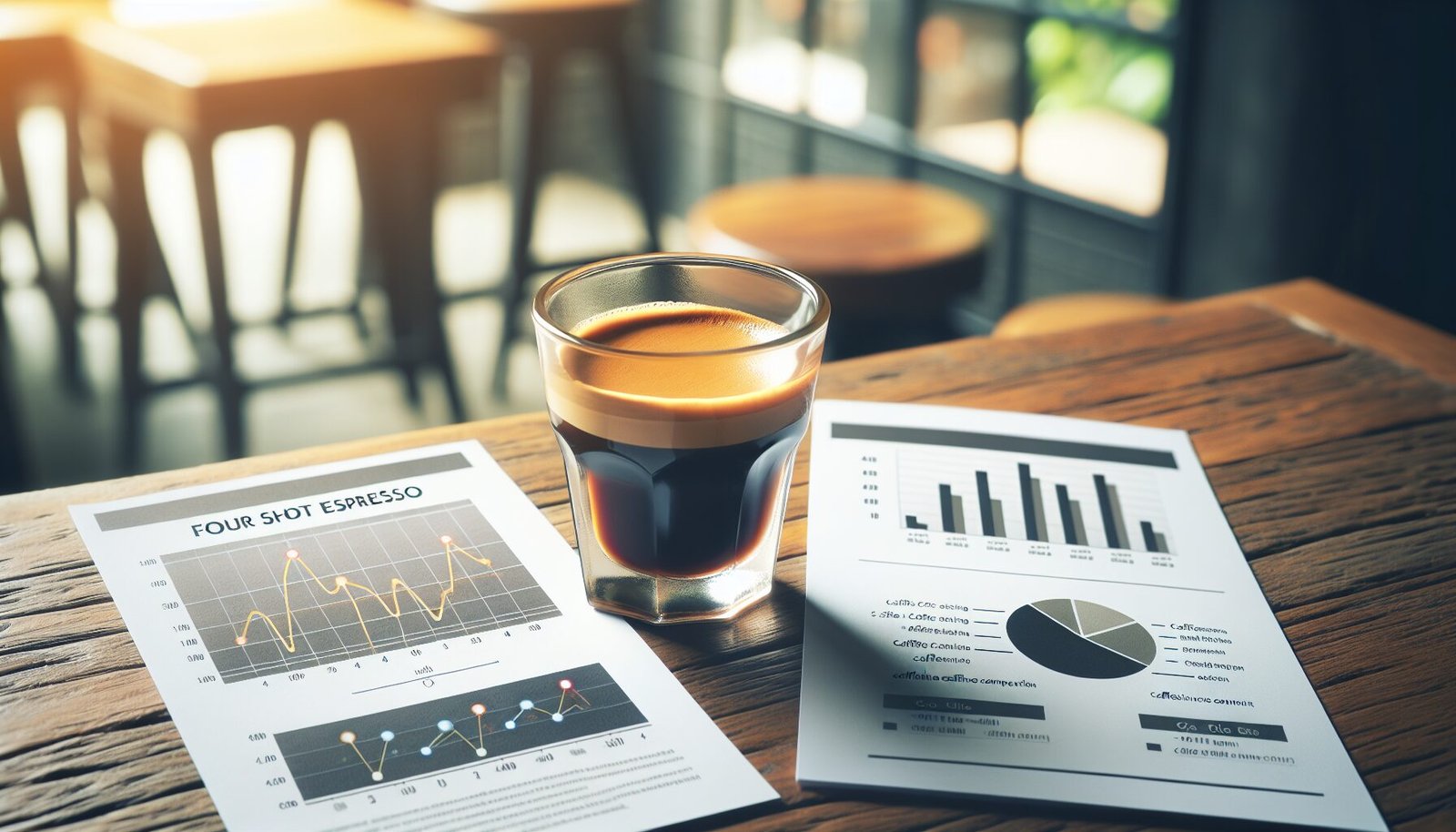One of the main concerns for coffee enthusiasts is the amount of caffeine present in their daily cup of joe. Starbucks, one of the leading global coffee chains, offers a variety of espresso options that cater to different taste preferences. It is important to be aware of the caffeine content in these beverages, especially when considering a higher concentration of espresso shots. This article examines the caffeine levels in 4 shots of Starbucks espresso, providing insight into the potential impact on your daily caffeine intake.
Caffeine Content in Starbucks Espresso
Understanding Caffeine Content in Coffee
Caffeine is a natural stimulant found in various plants, including the coffee bean. It is widely consumed around the world and known for its ability to increase alertness and enhance cognitive performance. However, the caffeine content in coffee can vary significantly depending on various factors such as the type of coffee bean, the brewing method, and serving size.
Overview of Starbucks Espresso
Starbucks Espresso is renowned for its rich and bold flavor. It is made by extracting a small amount of water through finely ground coffee beans under high pressure. This process extracts the flavors and caffeine present in the coffee beans, resulting in a concentrated and intense shot of espresso.
Caffeine Content in Different Types of Starbucks Espresso
The caffeine content in Starbucks Espresso can vary depending on the specific type of blend used, as well as other factors. It is important to note that Starbucks offers a wide range of espresso-based beverages, each with its own unique caffeine content. The standard serving size for a shot of Starbucks Espresso is 1 fluid ounce (30 mL).
Factors Affecting Caffeine Content
Coffee Bean Type and Roast Level
The type and roast level of the coffee beans used in Starbucks Espresso play a significant role in determining its caffeine content. Generally, lighter roasts tend to have slightly higher caffeine content compared to dark roasts. This is because the roasting process reduces the caffeine content to some extent. Furthermore, the specific coffee bean variety can also impact the caffeine levels, with some varieties naturally containing higher amounts of caffeine than others.
Brewing Method
The brewing method employed to make Starbucks Espresso is another important factor that affects its caffeine content. The traditional espresso brewing process involves the use of high water pressure to extract the flavors and caffeine from the coffee beans. This results in a more concentrated brew compared to other brewing methods like drip or French press. As a result, espresso generally has higher caffeine content per volume compared to other coffee types.
Shot Size and Strength
The size of the espresso shot also influences its caffeine content. A standard shot of Starbucks Espresso is 1 fluid ounce, but some specialty beverages may contain multiple shots or different serving sizes. The strength of the shot depends on the amount of coffee used and the duration of the extraction process. Generally, stronger shots will have higher caffeine content compared to weaker ones.
Additives and Customizations
Lastly, it is important to consider the impact of additives and customizations on the caffeine content of Starbucks Espresso. If additional ingredients such as milk, cream, or syrups are added to the espresso, the overall caffeine content may dilute. Similarly, if a larger beverage is customized with more milk or other components, the caffeine concentration per serving may decrease.
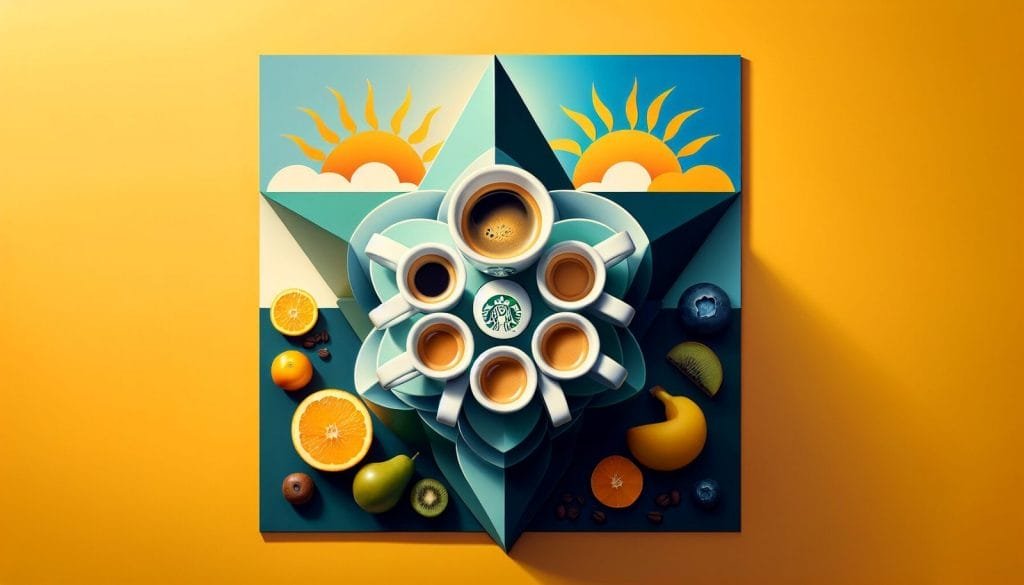
Caffeine Content in 1 Shot of Starbucks Espresso
Average Caffeine Content per Shot
A single shot of Starbucks Espresso contains approximately 75 milligrams (mg) of caffeine. This is an average value and can vary slightly depending on the specific factors mentioned earlier. It is essential to be aware of this caffeine content when considering your overall caffeine intake, especially if you are sensitive to its effects or have health concerns related to caffeine consumption.
Variations in Caffeine Content
While the average caffeine content in one shot of Starbucks Espresso is 75 mg, it is important to note that there can be variations in caffeine content between different batches or even between different Starbucks locations. Factors such as the freshness of the coffee beans, the skill of the barista, and the calibration of the espresso machine can all contribute to slight differences in caffeine content. These variations may not be significant, but it is useful to keep in mind when estimating your caffeine consumption.
Calculating Caffeine Content in 4 Shots of Starbucks Espresso
Calculating Total Caffeine Content
To calculate the total caffeine content in 4 shots of Starbucks Espresso, multiply the caffeine content per shot (75 mg) by the number of shots. In this case, 4 shots would result in a total caffeine content of 300 mg.
Applying Factors and Variations
However, it is important to remember that the factors discussed earlier can still play a role even when calculating the total caffeine content. For example, if the espresso shots are weaker or stronger than the average, or if customizations are made, the final caffeine content may differ slightly from the calculated value. These small deviations should be taken into account when estimating the actual caffeine intake.
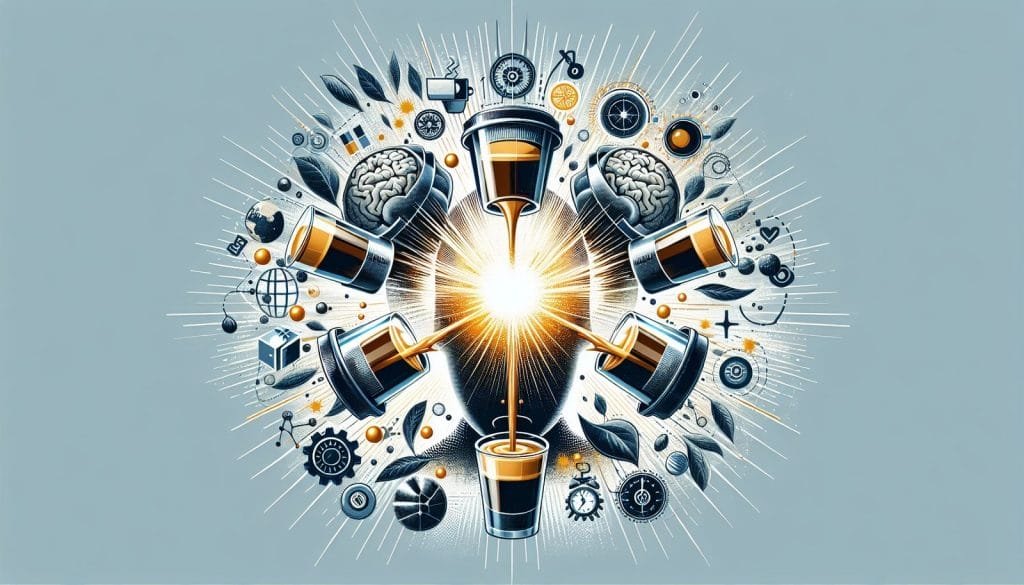
Health Considerations
Recommended Daily Caffeine Intake
The consumption of caffeine should be approached with moderation and consideration for individual tolerance levels. The FDA recommends a daily caffeine intake of no more than 400 mg for most healthy adults. Exceeding this limit may lead to undesirable side effects such as restlessness, anxiety, irritability, or even insomnia. It is vital to be mindful of your overall caffeine intake from all sources, including Starbucks Espresso, and adjust accordingly.
Effects of Excessive Caffeine Consumption
Excessive caffeine consumption can have negative health effects. Some individuals may experience symptoms such as increased heart rate, gastrointestinal disturbances, or headaches. Additionally, caffeine can act as a diuretic, leading to increased urine production and potentially causing dehydration if adequate fluid intake is not maintained. It is important to listen to your body and be aware of any adverse effects that may arise from consuming too much caffeine.
Alternatives to High Caffeine Intake
Decaf Espresso Options
For individuals who are sensitive to caffeine or those who seek to reduce their caffeine intake, Starbucks also offers decaffeinated (decaf) espresso options. Decaf espresso is made using a similar brewing process but with coffee beans that have undergone a decaffeination process to reduce their caffeine content. While the exact caffeine content of decaf espresso can vary, it generally contains significantly less caffeine compared to regular espresso.
Substitutes for Espresso
If the strong flavor and concentrated nature of espresso are not to your preference, Starbucks offers a variety of alternative coffee options with lower caffeine content. These include drip brewed coffee and Americano, which is made by diluting espresso with hot water. These options allow you to still enjoy the Starbucks coffee experience while consuming less caffeine.
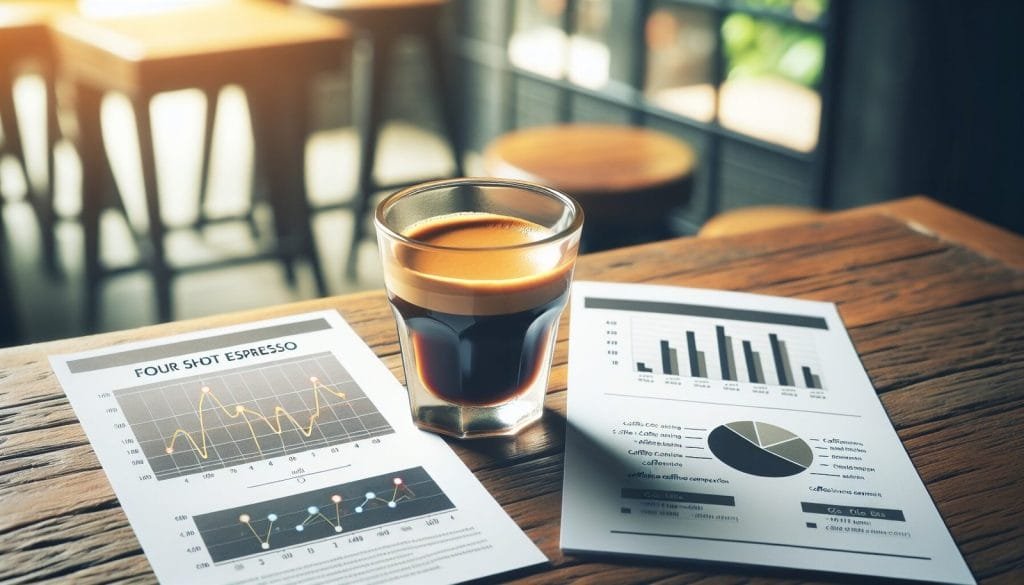
Making Informed Choices
Understanding Personal Tolerance
Everyone’s tolerance to caffeine can vary, and it is important to understand and respect your own tolerance level. Some individuals may be more sensitive to the effects of caffeine and may need to limit their intake accordingly. It is recommended to start with smaller amounts of caffeine and gradually increase if desired, while being mindful of any adverse effects. Listening to your body and recognizing your limits is crucial for maintaining optimal health.
Reading Labels and Nutrition Information
When making choices about caffeine consumption, it is essential to read labels and nutrition information carefully. Starbucks provides detailed information regarding the caffeine content of its beverages on its website and in-store. By being informed about the caffeine content in different beverages, you can make more mindful choices that align with your personal caffeine goals and health considerations.
FAQs about Caffeine Content in Starbucks Espresso
Can caffeine content be adjusted?
The caffeine content in Starbucks Espresso is primarily determined by factors such as roast level, coffee bean type, and brewing method. While baristas can make adjustments in terms of shot size and strength, it is not possible to significantly alter the caffeine content of the espresso itself. Customizations such as milk additions or flavors may dilute the overall caffeine concentration, but they will not drastically reduce the caffeine content.
Is decaf espresso completely caffeine-free?
Decaf espresso is not completely caffeine-free, despite undergoing a decaffeination process. The decaffeination process can remove a significant portion of the caffeine content, but it is not possible to remove it entirely. Decaf espresso typically contains approximately 1-5 mg of caffeine per shot, which is significantly less compared to regular espresso but not completely caffeine-free.
How does Starbucks compare to other coffee chains?
When comparing caffeine content, it is essential to consider that every coffee chain may have its own specific blends, brewing methods, and serving sizes. While Starbucks is known for its bold flavors and concentrated espresso shots, it is always recommended to refer to the nutrition information provided by each coffee chain to make accurate comparisons.
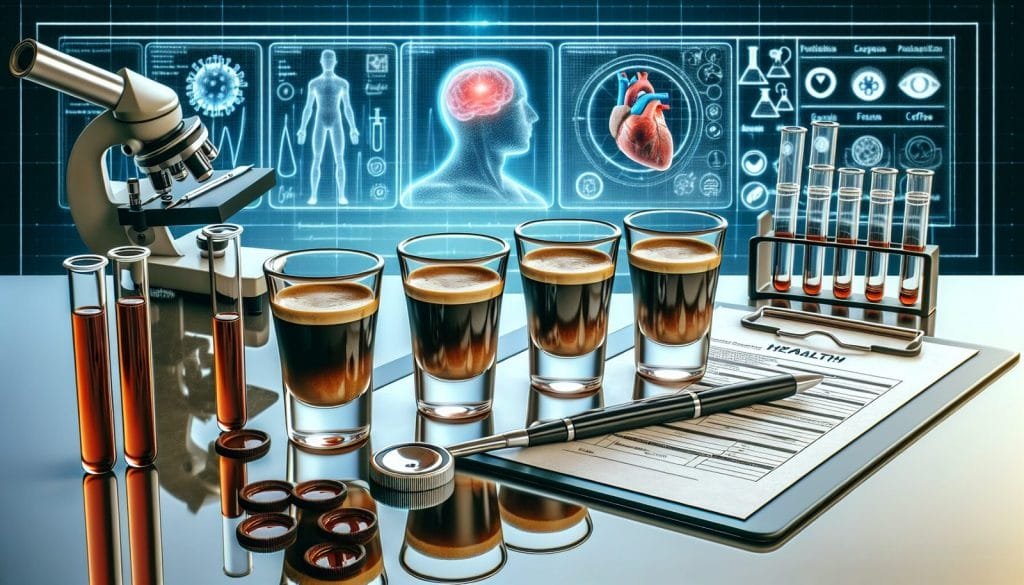
Conclusion
Understanding the caffeine content in Starbucks Espresso is essential for making informed choices about your caffeine consumption. Factors such as the type of coffee bean, roast level, brewing method, and shot size can all influence the caffeine content. It is important to be mindful of caffeine intake, considering personal tolerance and health considerations. By reading labels and nutrition information, exploring decaf options, and substituting with lower caffeine alternatives, you can strike a balance between enjoyment and maintaining a healthy caffeine intake.

